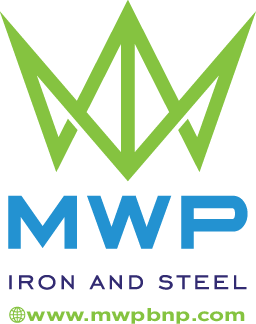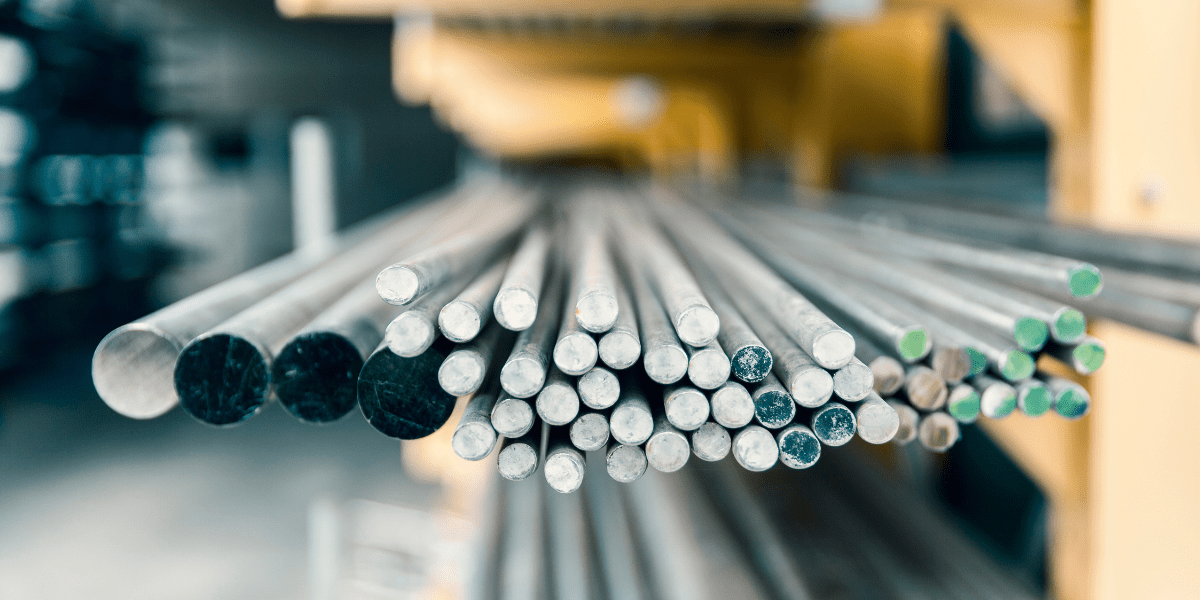MWPBNP Iron and Steel Trusted Supplier:
Trusted Supplier Mwpbnp is the leading steel and iron supplier in Pakistan, with decades of experience in the industry. Our dedication to high-quality products and strong service has allowed us to build long-lasting relationships with our customers all across the country.
So, that they trust us enough to come back to us every time they need anything from steel or iron to tools or accessories. Whether you are planning on building a new factory or remodeling your existing office space, contact Mwpbnp today to find out how we can help you with all your construction needs!
Thinking of buying iron and steel? We have what you’re looking for! Mwpbnp is Pakistan’s leading provider of iron and steel, stocking everything from small nails to large bulk Trusted Supplier with the high quality you’ve come to expect from us over the years.
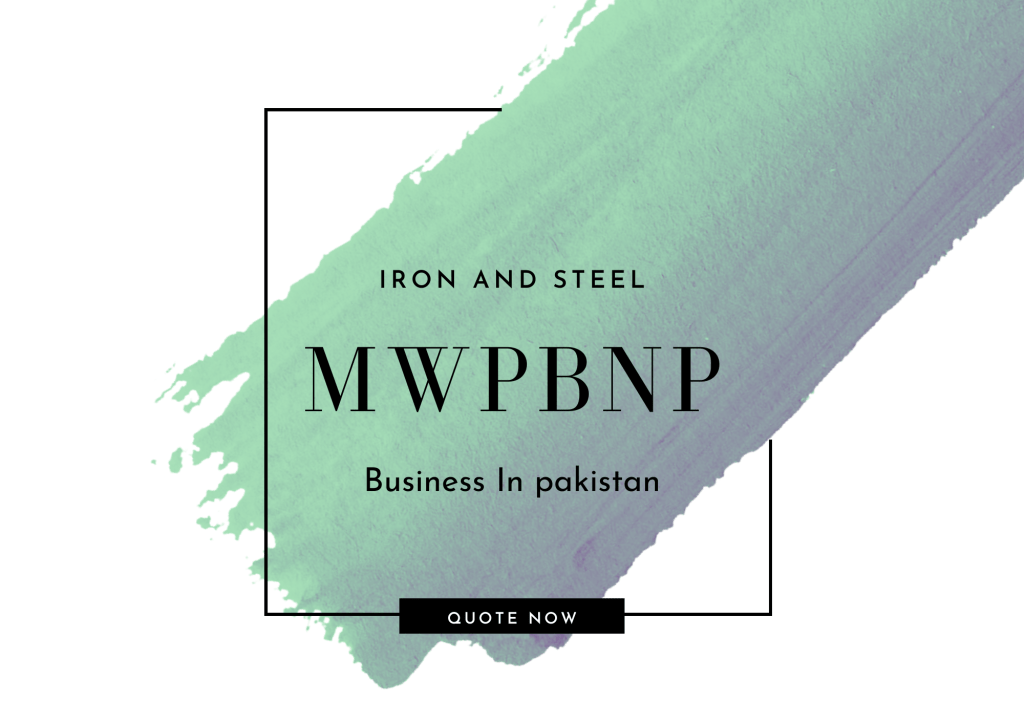
ہم اسٹیل کی تعمیر کے اجزاء کی منفرد رینج فراہم کرتے ہیں جیسے ڈیفارم بارز، ایم ایس پائپ، ایم ایس بارز، اسٹیل شیٹس اور اینگل فلیٹ۔
What is Steel?
Steel is an alloy containing primarily iron and a smaller amount of carbon. The exact composition can vary widely, depending on both its application and its composition during manufacture.
Although steel is not ferromagnetic itself, it is strongly attracted to magnets. It is also one of the most important factors in determining how a metal will perform in various applications.
What Is Iron?: Iron is a chemical element with symbol Fe (from Latin: ferrum) and atomic number 26. It is a metal in the first transition series. It is by mass the most common element on Earth, forming much of Earth’s outer and inner core.
The History of Steel in Pakistan – Trusted Supplier
Pakistan has historically been one of India’s major steel exporters, particularly to India’s infrastructure sector. As far back as 1995, Pakistan exported over 16 million tons of iron and steel to Ind** (out of a total export volume of 30 million tons).
However, in recent years, it is not uncommon for Ind** imports from Pakistan to reach volumes close to zero. This shift is due to both countries’ increasing production capabilities with relatively equal comparative advantages, allowing each country to meet its own domestic demand with ease.
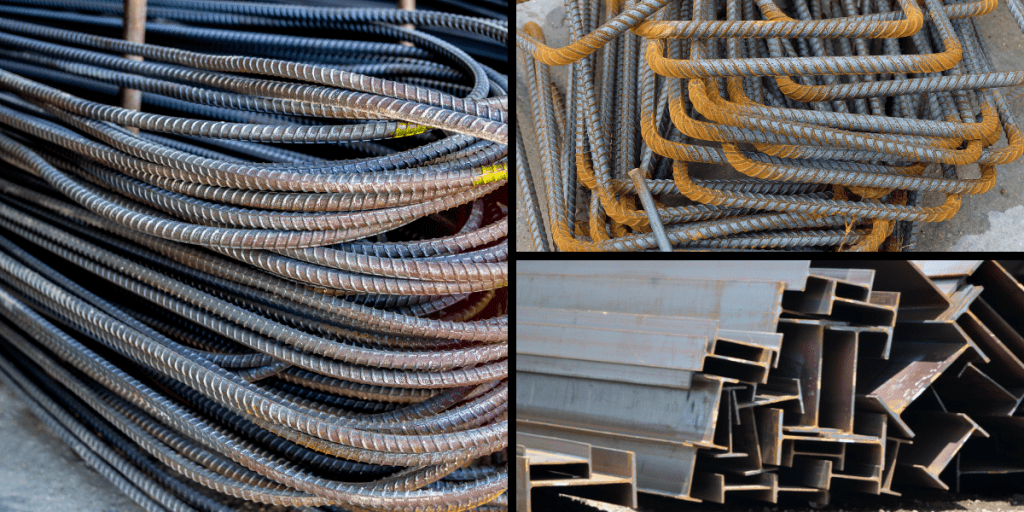
The different types of steel
Though different forms of steel are used for a variety of applications, most break down into two main types: hot-rolled sheet steel (commonly referred to as HRSS) and cold-rolled sheet steel (CRSS).
Although both can be used in construction projects, they differ greatly. Read on to learn more about each one.
One major difference between CRSS and HRSS is their grain size. Hot-rolled sheet steel typically has a fine grain structure, while cold-rolled sheet usually has a coarse grain size.
The difference in coarseness or fineness of the grains affects how strong the material is; however, it also impacts its application potential when it comes to structural projects or large building materials such as I beams or sheets used in roofs.
Types of steel used in everyday life.
There are hundreds of different types of steel, used for everything from making cars to building skyscrapers. In most cases, specific steels are engineered to perform a particular task well—making them ideal for things like vehicle components or architectural frames.
Some common types include: mild steel—the most widely produced form; stainless steel—used in kitchen appliances, for example; high-tensile steel—which offers increased tensile strength (basically meaning it can withstand more force) than many other forms.
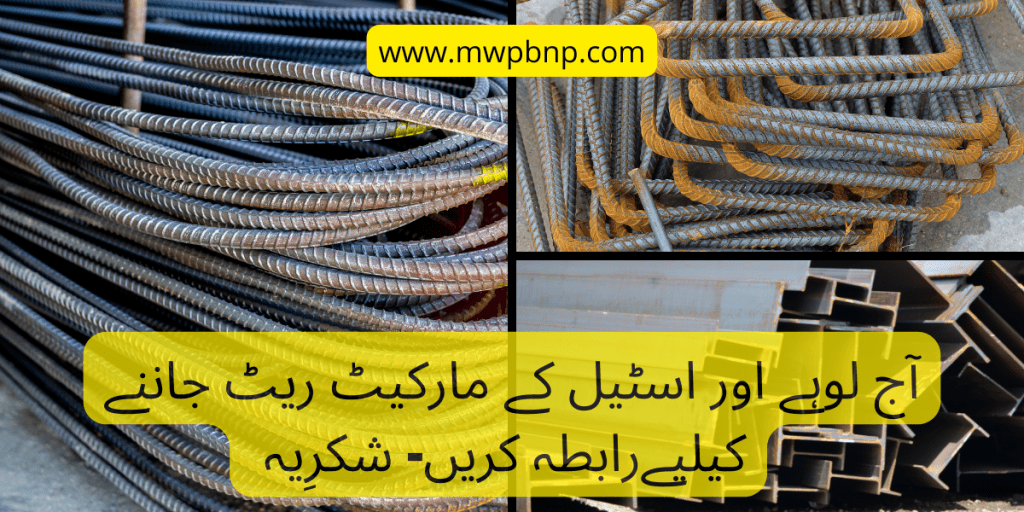
Production process
Iron ore is crushed to a fine powder and combined with coke in a blast furnace. This mixes carbon from coke (basically, coal) with iron oxide, creating pig iron.
The molten pig iron is poured into molds to create shapes like bars or pipes; it’s then cooled down and further refined into cast iron or steel. It’s an energy-intensive process, as you can imagine.
For each ton of iron produced, approximately two tons of carbon dioxide are released into the atmosphere—and those numbers only increase as you move up production scales.
For example, producing one ton of crude steel generates five tons of CO2 emissions.
آج پاکستان میں سریا کے نرخ: اسٹیل کی قیمت میں اتار چڑھاؤجاری مزید معلوما ت کیلیے رابطہ کریں – شکرِیہ
